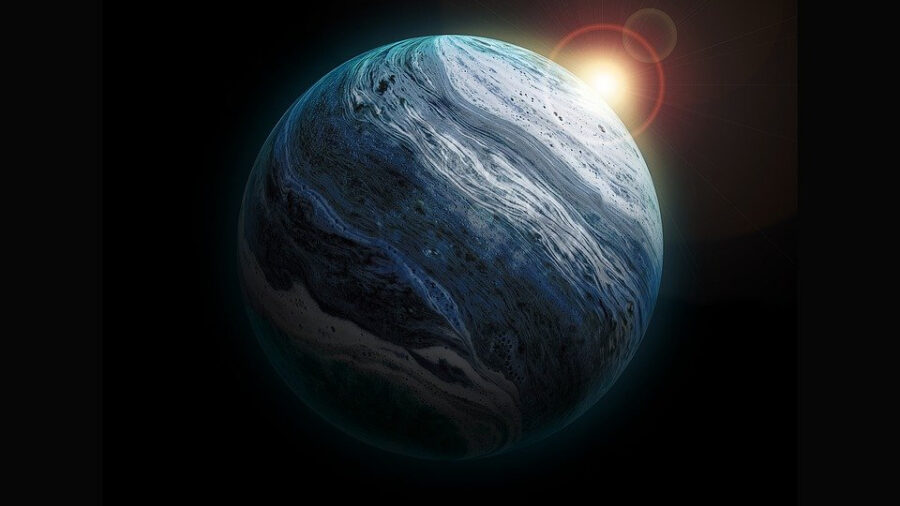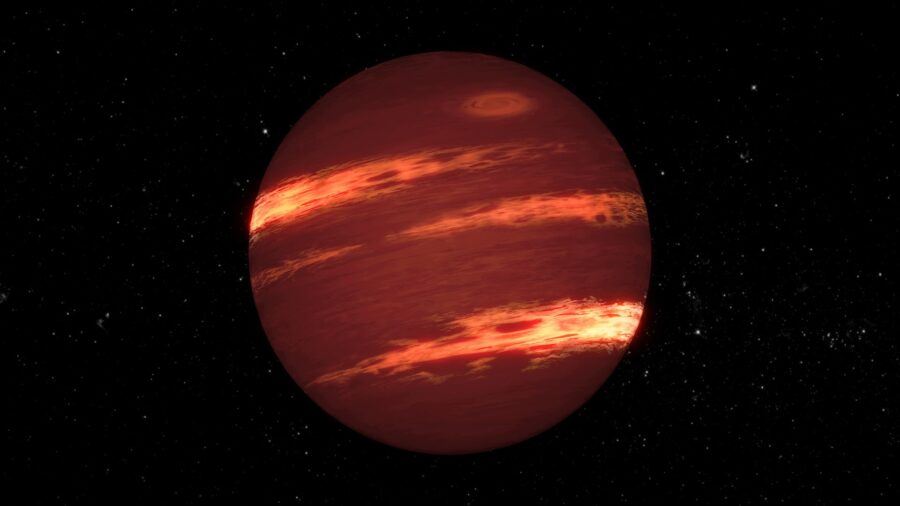Giant Planet Is Actually Hiding In Our Solar System
Scientists believe they have proved the existence of a giant planet in our solar system, the problem is that it's hidden due to distance and light.

The solar system isn’t moving the way we’d expect. It’s not by much — we can only tell from the orbits of distant objects much further away than the dwarf planet Pluto. But according to ScienceAlert, the reason seems clear: there’s a giant planet, somewhere far beyond the icy Kuiper Belt, that’s pulling things away from the orbits we’d expect.
The trouble is, while researchers Konstantin Batygin and Mike Brown have mathematical proof that it should be there, nobody’s seen it. That’s not surprising, however. While the giant planet is expected to be eight times the size of Earth, it’s also about 20 times further away than Neptune on average.
This causes two problems. First, its distance means that the giant planet would be far, far smaller in the night sky than most other objects we’re currently tracking. It also means that it barely gets any light from the sun, meaning that it’d only be barely visible if it’s visible at all.
There are four objects that we know about that are similarly distant — though they’re all too small to cause the gravitational shift that has been discovered. These objects, called sednoids, orbit far beyond the so-called “Kuiper cliff” — a distance more than 4 billion miles from the sun, beyond which there seems to be almost nothing at all. In fact, the orbits of these sednoids played a key part in helping Batygin and Brown discover the giant planet’s existence.
Not all scientists are convinced about the existence of this giant planet, however. Some say that we haven’t discovered enough distant objects to prove this ninth planet’s existence, and they hypothesize that we’ve only discovered objects that hold these peculiar orbits because of an observational bias. According to these skeptics, it would take the discovery of far more objects beyond the Kuiper cliff to confirm that something fishy is going on.

Ultimately, the most conclusive proof of this giant planet’s existence would involve actually finding it in the night sky. That would probably be easiest when the planet is closest to the sun, where it will “only” be 30 billion miles away. Of course, the planet’s orbit could take up to 20,000 years, so we might have to wait a very long time.
However, there’s another way we could spot this giant planet in the sky without having to detect the faint, nigh-indetectable light reflected from the sun. A recently-released article from the Education University of Hong Kong shows that the planet would very likely have moons. As these moons orbit the giant planet, they’d gain heat from tidal forces.
So, if you find the heat, you find the giant planet. Radio telescopes can detect thermal radio emissions, which the heat from the tidal forces would give off. And, luckily, earth has plenty of powerful radio telescopes.
Only time will tell if these radio telescopes can find this hypothetical giant ninth planet. If they fail, that doesn’t necessarily mean the planet’s not there — but it would be a massive point in the skeptics’ favor.












